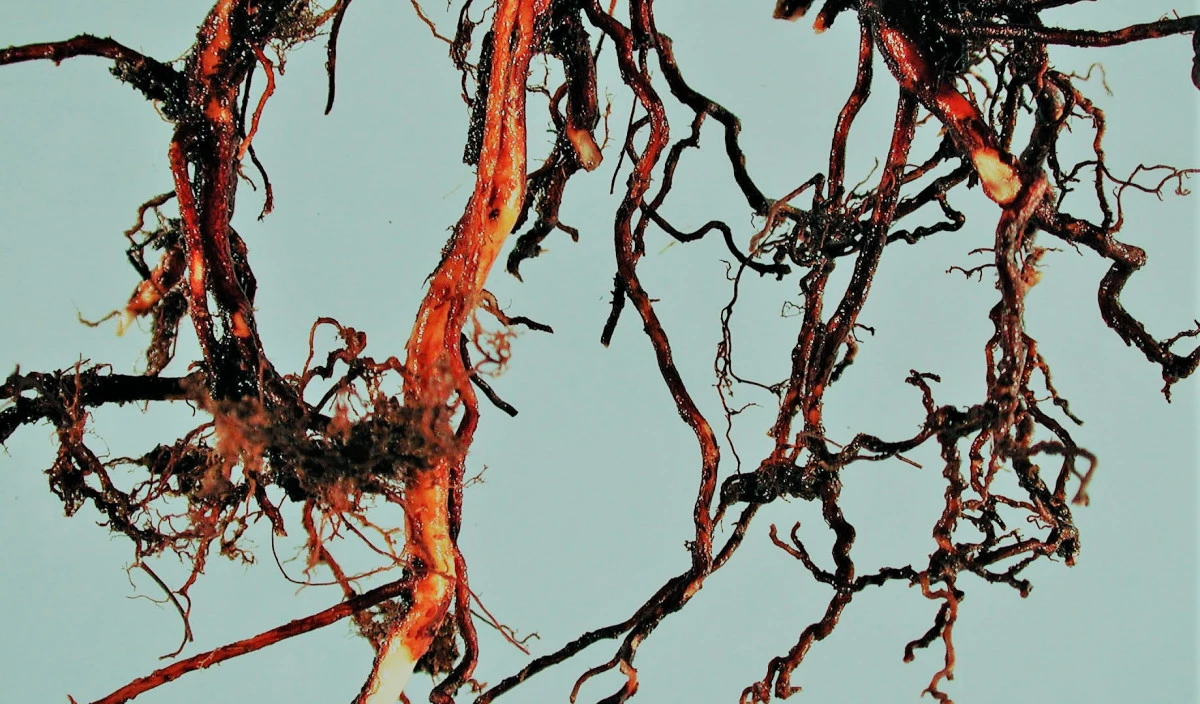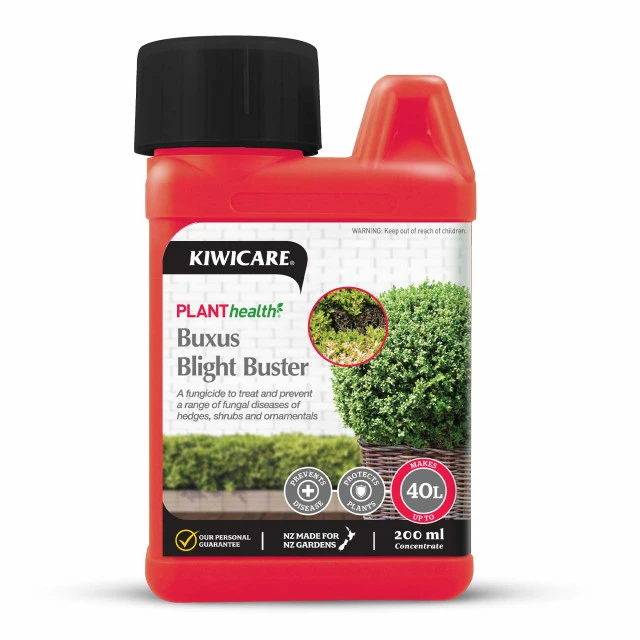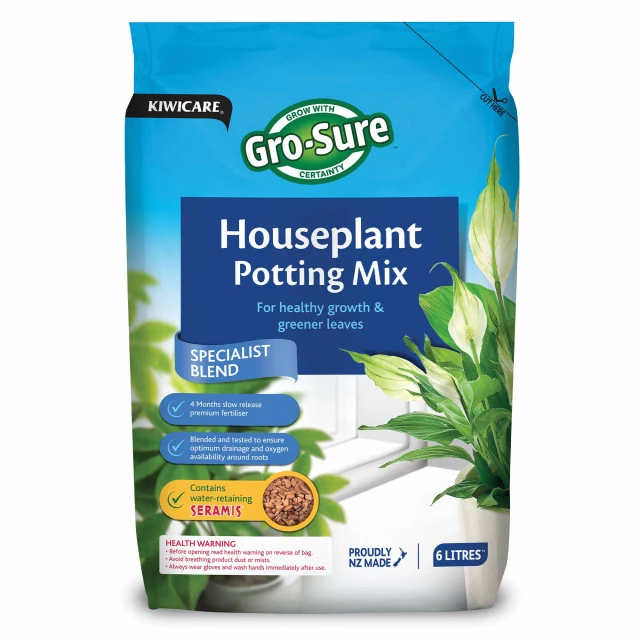Solve problems in and around your home.
Start Problem Solver

Root rot is disease caused by several species of a soil-living fungi that infect plant roots causing plants to wilt and die.
Root rot is disease caused by several species of a soil-living fungi that infect plant roots causing plants to wilt and die. On plants lower leaves droop, turn yellow then brown and can tend to fall off. Upper leaves wilt, and sometimes the complete plant dies. Oozing sap (gummosis) is another common symptom.
When transplanting, the roots of plants are damaged and the roots are susceptible to infection at the wound sites. Treatment of roots and soil surrounding them during transplanting will reduce the risk of root rot infections.
Houseplants

Buxus (box) hedging is often affected by a dieback disease known as Buxus blight. Buxus Blight Buster thiram hel…

A specially blended premium mix for potting most indoor plants. This open, free draining mix promotes healthier …